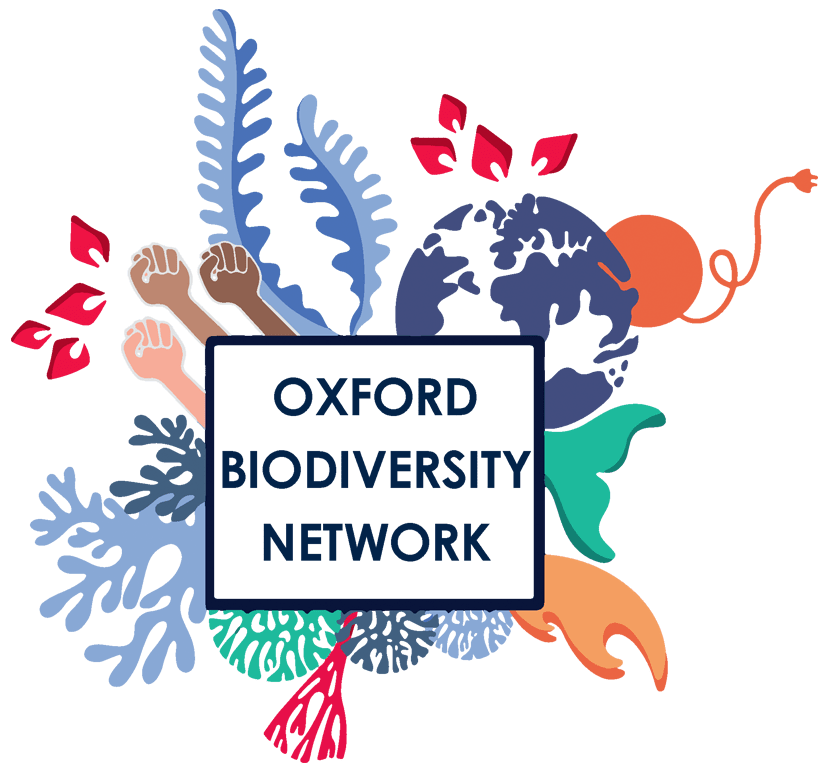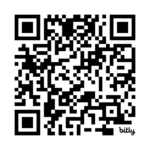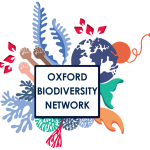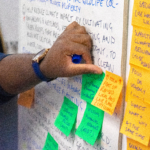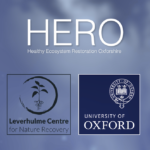How hedgehog droppings can be used to study biodiversity at a local scale
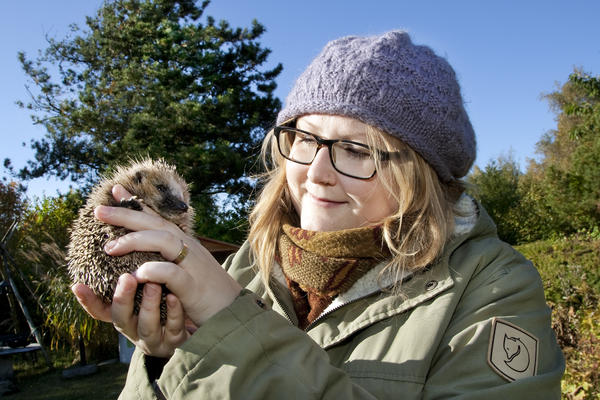
By Dr Sophie Lund Rasmussen (Dr Hedgehog), WildCRU, Department of Biology
Biodiversity is vanishing before our eyes. It is important to monitor biodiversity loss to optimise and target the conservation efforts needed to mitigate this situation. But how? By using hedgehog poo of course!
During my many nights of fieldwork radio-tracking the charismatic European hedgehogs to understand why they are declining massively, I came up with the idea of using eDNA analyses of hedgehog poo to describe their diets, and hence, local biodiversity!
Hedgehogs could potentially be a key to mapping biodiversity as my research has shown that they live in small areas, and we know from macroscopic investigations of hedgehog stomach contents that they eat a variety of food items covering invertebrates, vertebrates (through scavenging and as well as hunting) and, to a certain degree, plants. On top of that the insects, snails and slugs hedgehogs eat feed on plants, so these will also show up in the eDNA analyses.
If we chose another species, with a more conservative food preference, or a species, with the capacity to eat something in one place and transporting itself to another location 200 km away before defecating, we wouldn’t get the local biodiversity represented.
But the hedgehogs provide the full package solution:
They poop a lot, they live and stay in a small area, their faeces are easy to recognise and collect, and they eat a wide variety of prey types, and plants are also represented as they are eaten by the slugs, snails, worms and insects that the hedgehogs prey on.
If we make sure to keep the hedgehog population going, we won’t run out of sample material any time soon.
Being a first-mover is not easy. To be honest, it has been challenging to establish this field of research: Biodiversity monitoring through hedgehog poo. It has caused ridicule from other academics and through rejection letters for funding applications. But I refused to let it stop me, and I am now in possession of 800 hedgehog faecal samples collected from all over Denmark, England and Scotland, stored in a freezer ready to be analysed. The work has begun, and we have found some very interesting results already. When I have managed to raise the remaining funds, we will continue the investigation.
This approach is extremely relevant, because in these times of drastic biodiversity loss, we need to establish good and reliable methods, potentially working in tandem, to monitor biodiversity. This method could even potentially reveal species, which we did not assume were present in an area, or which may have been categorised as extinct from certain areas. It only takes a tiny fragment of this species to show up in an eDNA analysis of hedgehog faeces.
So this is the story about how I discovered that hedgehog droppings are gold- and shed light on an important and complex subject relevant to us all.
Watch Sophie’s TEDx Talk about her research using hedgehog poo to measure biodiversity.
